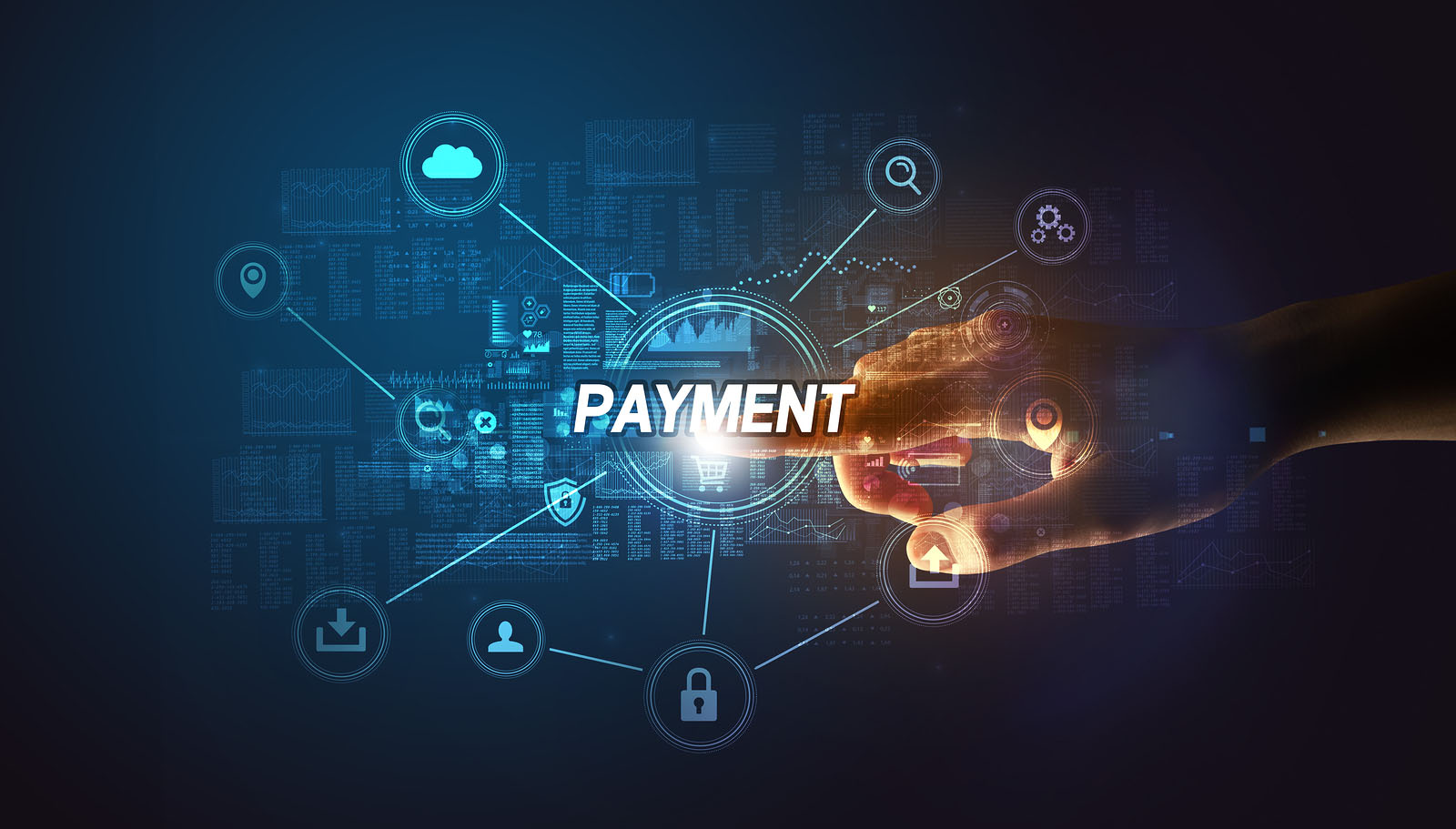How much do payments matter in business interactions today? Most #paymentsgeeks would argue payments are the most important part of business, and a hand full did in a recent panel during Money20/20 USA. Bruce Parker, CEO of Modo, sat down with Rene Pelegero (RPGC Group), Nanna Saito Nielsen (GoCardless), and Brendan Miller (Rapyd) to discuss the innovations happening to payments infrastructure. They spoke about all things payments from APIs to the challenges for eCommerce interactions.
Back to our original question: Is payments the most important part of a commercial interaction? The answer is going to depend on how companies perceive the payments function. Rene Pelegero argues, “How merchants, regardless of size, age, or attitude, perceive payments is tremendously important as to whether they can actually achieve all of those goals they are trying to do.” He unpacks how merchants see payments into five categories: a burden, a necessity, a utility, an asset, or a revenue driver.
Most merchants see payments as a necessity - something that they have to do, but something into which they don’t put much thought or effort. The merchants who are doing payments “right” are the ones that see it as an asset. They are investing in their payments efforts and are understanding the importance that payments can have on their bottom line. The final stage for merchants comes when they see payments as a revenue generator, which payments most certainly can be! Nanna from GoCardless added that they had a large newspaper as a client who, just by changing their payment method, was able to reduce churn by 40%! You go, payments!
Modo CEO, Bruce Parker believes that business folks generally agree that payments are vital to a commercial interaction. The real question they have to solve is, what are they able to do with the payments function inside their business? Do they have the resources to build a payments stack in-house that is going to meet all their needs? Or should they look to a partner to manage and maintain their stack?
“At the end of the day, most people recognize that payments are important, but can you really do anything about it, and what’s the cost and what’s the complexity of getting there? I think that’s the question people wrestle with.” - Bruce Parker, Founder & CEO of Modo
Watch this video to see Bruce lay out the questions we should be asking in payments.
Who should build out the payments infrastructure?
So, you agree that payments are important. (Phew, glad we’re on the same page!) But now how much work are you willing to do to build out the payments infrastructure that you need to serve your clients well? Payments can be T.O.U.G.H. We know that as #paymentsgeeks, and we have spent our lives embracing the challenge. But in what state is your business? The answer to that question will help you understand which payments strategy is right for you. Are you growing your business internationally? Are you looking to reduce costs on transactions? Is payments core to your business? Where should your payments infrastructure lie? Are you comfortable with your payments living in the cloud? Answering these questions will help you better understand what your payments architecture should look like, and where it should live inside your organization.
Check out Bruce Parker & Rene Pelegero discussing if payments can/should live in the cloud.
Where should payments live in merchant organizations?
It seems payments hasn’t found a common home inside an organization. Payments can fit in many different areas considering payments' broad reach that impacts everything from marketing to finance. When Rene Pelegero, CEO of Retail Payments Global Consulting Group (RPGC), was working in payments at Amazon he started under the IT group, then he was moved to treasury, then finance. He even was under marketing for a time. The corporate strategy really drives where the payments function lives, and there is no “bad” place to put it. The most important part of organizing your company’s payments team is ensuring they are given the right support and are recognized as a vital part of the business.
So, payments matter. What should you do about it?
Payments matter. And they matter a LOT. But the way organizations treat the payments function is going to be different. From where the payments team lives within their company to their feelings on partnering with a payments company to optimize and manage their payments stack. There are a variety of ways to build out your payments infrastructure, and doing that correctly starts with you answering some questions about payments. Things like:
- What kind of payment experiences are our customers looking for?
- Where should the payments function live within my organization?
- Would I work with a payments partner to manage and maintain my payment operations?
- Do I feel comfortable with payments data in the cloud?
- What are our plans for international expansion?
The list goes on! Starting this conversation is a great step in the right direction to get your company moving along RPGC’s Hierarchy, we mentioned, and ensuring payments will be a point-of-focus for your strategy moving forward.
If you want to talk to a #paymentsgeek about your current payments stack, and see if there are ways to optimize and streamline your payment operations, reach out to us at www.modopayments.com/contact!

